In the world of health monitoring, wearable technology is becoming increasingly important as the boundaries between healthcare and technology start to get more hazy. Initially restricted to basic fitness trackers or step counters, wearable technology has seen significant development in the last ten years. These days, they use modern sensors, artificial intelligence (AI), and real-time data analytics to evaluate a wide range of parameters, including blood oxygen levels and heart rate variability. The present function of wearable technology in health monitoring, recent developments, and future prospects of this ever-evolving sector are all covered in this blog.
1. Current Landscape of Wearable Health Technology
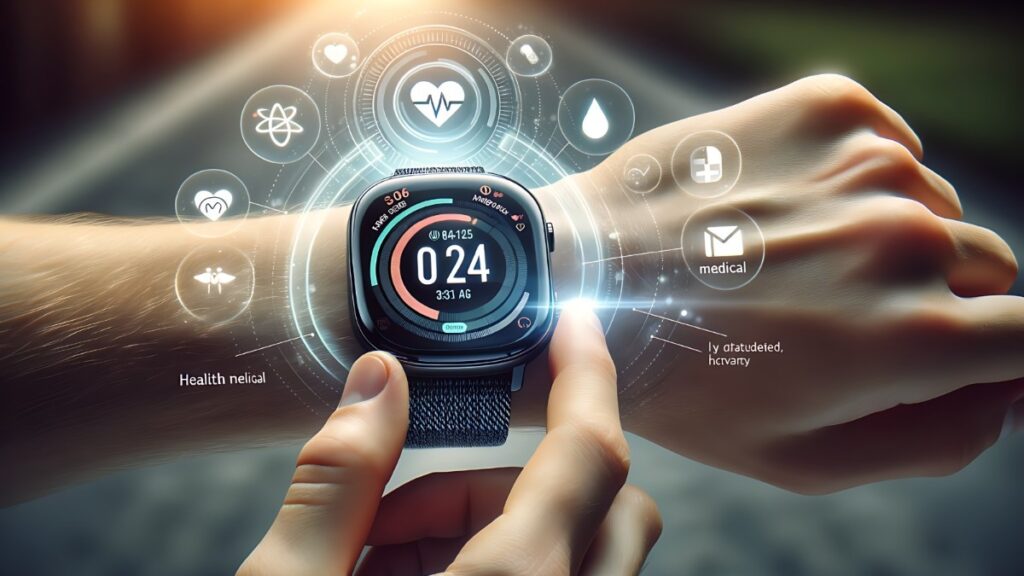
Millions of people use wearable health technology throughout around the world now to help them manage their fitness objectives, keep an eye on long-term medical concerns, and even spot early illness symptoms. These gadgets provide a link between people and their medical records, allowing proactive health care. Among the main categories are:
- Fitness Trackers: For measuring steps, calories, and general levels of activity, devices such as Fitbit and Garmin continue to be widely used. The entire population may now obtain wellness monitoring owing to these low-cost wearables.
- Smartwatches: Numerous health functions, including as blood oxygen sensors, electrocardiogram (ECG) abilities, and heart rate monitoring, are now available on watches like the Apple Watch, Samsung Galaxy Watch, and others.
- Medical-Grade Devices: Health authorities such as the FDA have authorized several wearables that are intended for medicinal applications. Devices that target certain medical disorders, such smart patches and continuous glucose monitors (CGMs), are being recommended by healthcare professionals more often.
2. Key Advancements in Wearable Health Tech
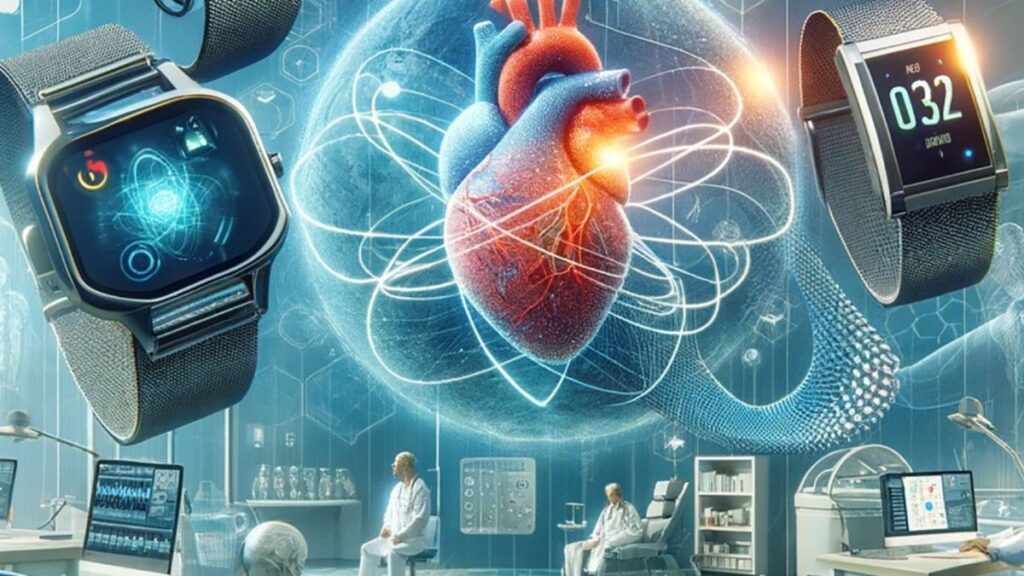
Numerous developments have increased the capabilities and use of wearable technology, which is developing quickly. Here are some of the most recent developments:
a) Artificial Intelligence and Machine Learning
Wearables are able to assess health data in real time and offer predictive insights through the use of artificial intelligence and machine learning.
b) Remote Patient Monitoring (RPM)
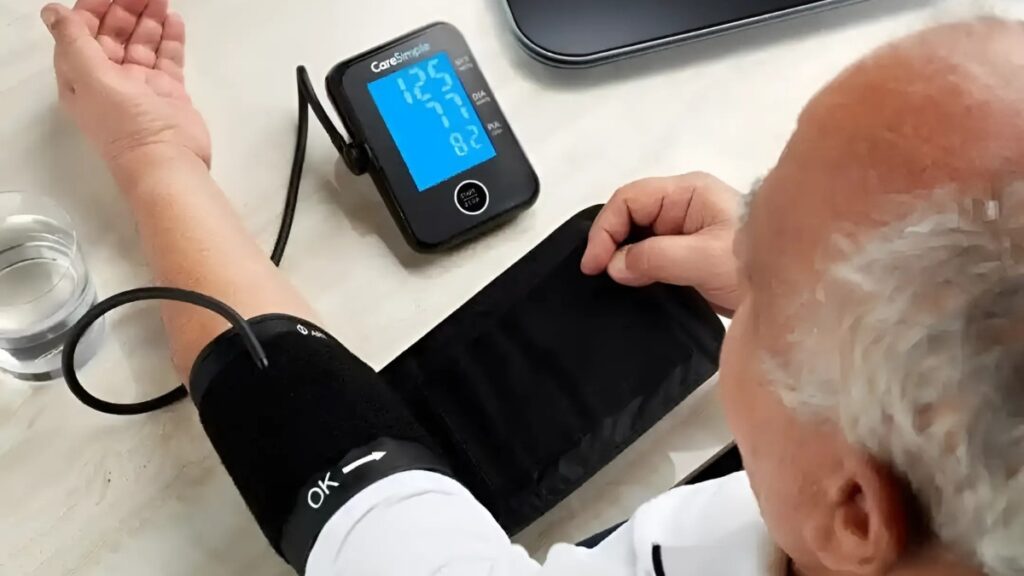
It has become more common to monitor patients remotely, particularly after the COVID-19 pandemic highlighted the need for home-based treatment options. Because they may notify users and medical professionals of any irregularities, wearables are essential to RPM because they continually gather vital sign data.
c) Sensor Technology
Modern wearables now come with sensors that are far more precise and sensitive to even the smallest physiologic changes. Modern sensors, for instance, offer a more comprehensive understanding of cardiovascular health and stress levels by measuring both heart rate and variability.
d) Non-Invasive Glucose Monitoring
Non-invasive glucose monitoring in wearable technology has long been a problem, especially for those with diabetes. Blood glucose measurement devices that don’t require needles or blood samples are purportedly being developed by Apple and other tech firms. These developments, which provide continuous, painless monitoring, have the potential to completely transform the treatment of diabetes.
e) Hydration and Electrolyte Monitoring
An aspect of wearable research that is more recent involves tracking electrolyte and hydration levels. Wearable technology is important for sports, outdoor workers, and those with certain medical problems since it can assess hydration levels by tracking sweat.
3. The Role of Wearables in Chronic Disease Management
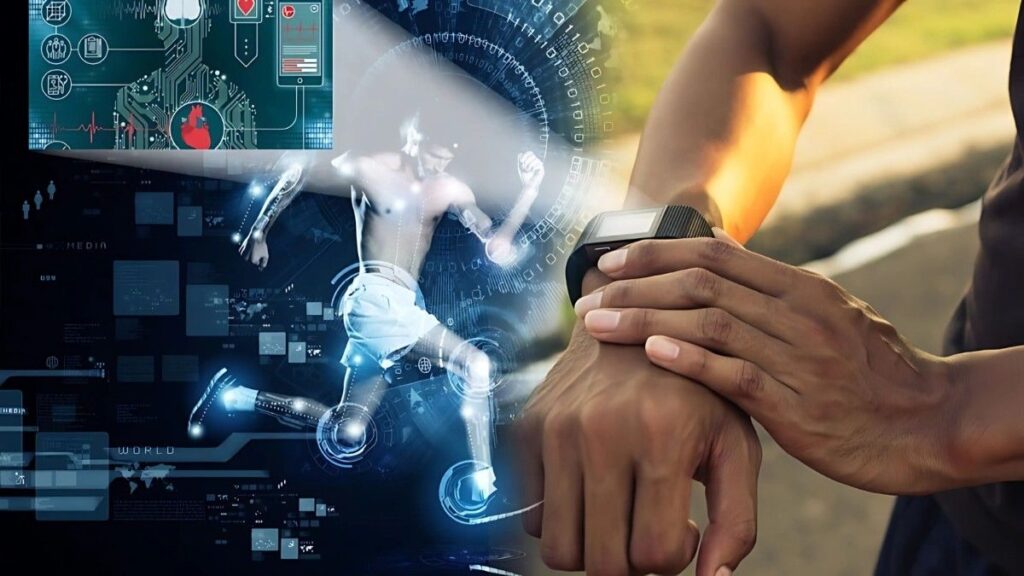
Diabetes, heart disease, and respiratory conditions are among the chronic conditions that wearable technology is particularly useful for controlling.
a) Diabetes
Continuous glucose monitors, or CGMs, have revolutionized the way diabetes is managed. By giving patients access to real-time glucose data, these devices assist patients in making well-informed decisions regarding their food, activity, and insulin dose. In the future, wearable technology may combine CGMs with other information, including as food consumption and physical activity, to provide a more thorough approach to diabetes treatment.
b) Heart Disease
Users are already able to identify early indicators of atrial fibrillation with the use of smartwatches that have ECG capabilities, such as the Apple Watch. Wearable technology may soon be able to track more intricate cardiovascular indicators, which might warn users of the early signs of heart failure, arrhythmias, or hypertension.
c) Respiratory Conditions
For those with asthma, chronic obstructive pulmonary disease (COPD), and other respiratory disorders, wearable technology is essential for monitoring blood oxygen levels and breathing rates.
4. Data Privacy and Security Concerns
Data security and privacy have become issues as wearable health technology has grown in popularity. These gadgets gather extremely private health data, thus makers need to make sure that it is safe from breaches and illegal access.
- Data Encryption: To preserve user privacy, it is essential to make sure that health data is encrypted both on the device and during transmission.
- User Consent: Users should be able to opt in or out at any time, and businesses should be open and honest with them about how their data is gathered, utilized, and preserved.
- Regulatory Standards: In the United States, compliance with regulations such as the Health Insurance Portability and Accountability Act (HIPAA) is essential when devices are gathering and exchanging health data.
- These privacy and security issues will probably be addressed by wearable technology advancements in the future, guaranteeing the confidentiality and protection of users’ health data.
5. Future Trends and What’s Next for Wearable Health Tech
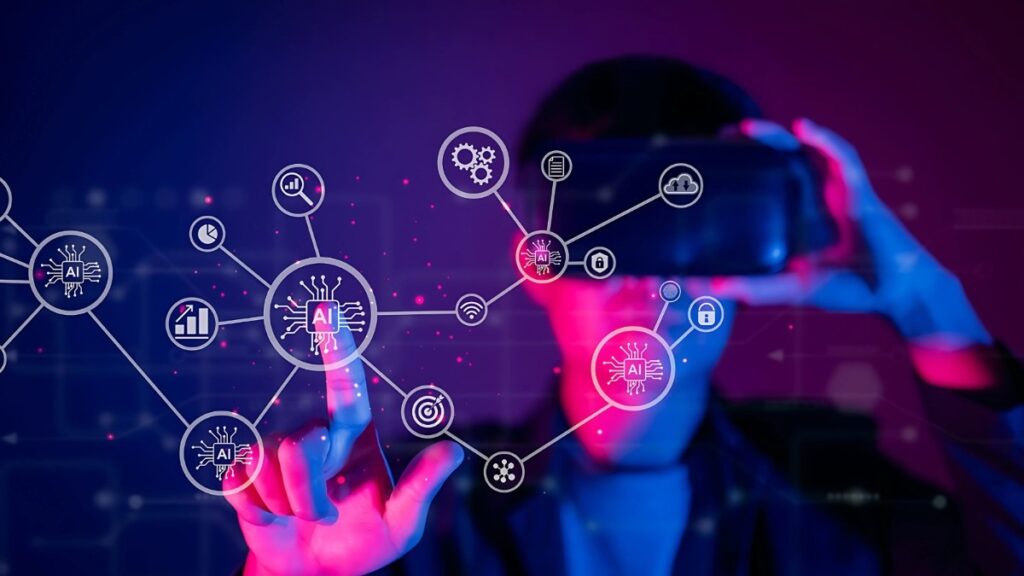
Wearable health technology appears to have a bright future because of a number of innovative innovations that will revolutionize patient care and health monitoring.
a) Wearable Biosensors for Early Disease Detection
In the near future, wearable biosensors that continually monitor many biomarkers will be standard. Wearable technology has the potential to screen for early signs of illnesses including cancer, autoimmune disorders, and even neurodegenerative issues, rather than just heart rate or oxygen saturation.
b) Mental Health Monitoring
One of the newest developments in wearable technology is the tracking of mental health. Devices are starting to include algorithms that examine variations in activity levels, sleep patterns, and physiological indicators of stress to provide information on users’ mental health. These qualities can be helpful for those who are dealing with stress, anxiety, or depression since they can monitor patterns and identify early indicators of mental health decline.
c) Integration with Telemedicine
Wearable technology will become more significant as telemedicine gains momentum because it will provide distant physicians access to precise, up-to-date health information. More accurate virtual consultations are made possible by this integration, which may also increase access to healthcare in underserved or isolated areas.
d) Augmented Reality (AR) Integration for Training and Rehabilitation
Physical therapy and rehabilitation, especially for stroke or injury recovery, might benefit from wearables that use augmented reality technology. AR headsets, for example, may give patients real-time feedback on their motions, facilitating more productive therapy sessions and accelerating their recuperation.
e) Energy Harvesting Technology
One of the biggest drawbacks of wearable technology is battery life. Nonetheless, scientists are creating energy-harvesting technologies that may use movement or body heat to power gadgets. This development may result in wearables that last longer and even charge themselves, enabling continuous health monitoring without the need for periodic recharging.
f) Advanced Skin Patches for On-Demand Diagnostics
An essential component of health monitoring may soon be flexible skin patches, which are presently in the experimental stage. These patches have the ability to measure biomarkers in perspiration, examine blood chemistry, and perhaps provide medicine as necessary.
6. Implications for Public Health and Personalized Medicine
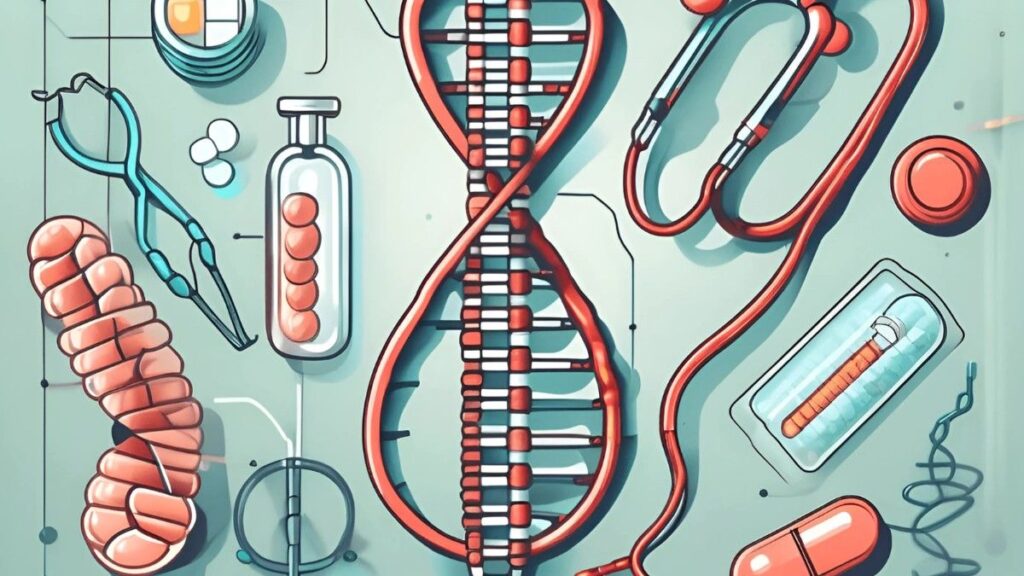
Public health might be transformed by wearable technology, which could also accelerate the transition to individualized medicine. As wearable technology becomes more widely used, health data it gathers may help predict population health patterns and maybe spot early warning indicators of seasonal outbreaks or epidemics. Additionally, by enabling individualized health data, wearables empower people to take charge of their health and modify their lifestyles in ways that may help them avoid chronic illnesses.
In order to assist them adopt better habits, individuals who are at risk for diabetes or hypertension, for example, may receive tailored recommendations based on their wearable data. Wearable technology promotes a move away from treatment-based healthcare and toward proactive health management by being both reactive and preventative.
Conclusion
A future of constant, accessible, and tailored health monitoring is being ushered in by wearable technology. These gadgets are becoming essential tools for monitoring mental health, managing chronic illnesses, and even seeing early warning indicators of potentially fatal ailments. They are no longer just fitness trackers. However, issues with accuracy, user accessibility, and data privacy must be resolved as wearable technology develops.
Wearables will probably become a crucial component of everyday health management for individuals all around the world as technology develops. A world that is healthier and more connected may be achieved by adopting these developments and working toward a time when health monitoring is easily incorporated into daily life for both patients and healthcare professionals.
Read Also:- Using Natural Language Processing to Analyze Customer Sentiment || From the Courtroom to Social Media: How Lawyers are Taking Over Social Media

